What's The Difference Between Forged & Cast Ironmongery?

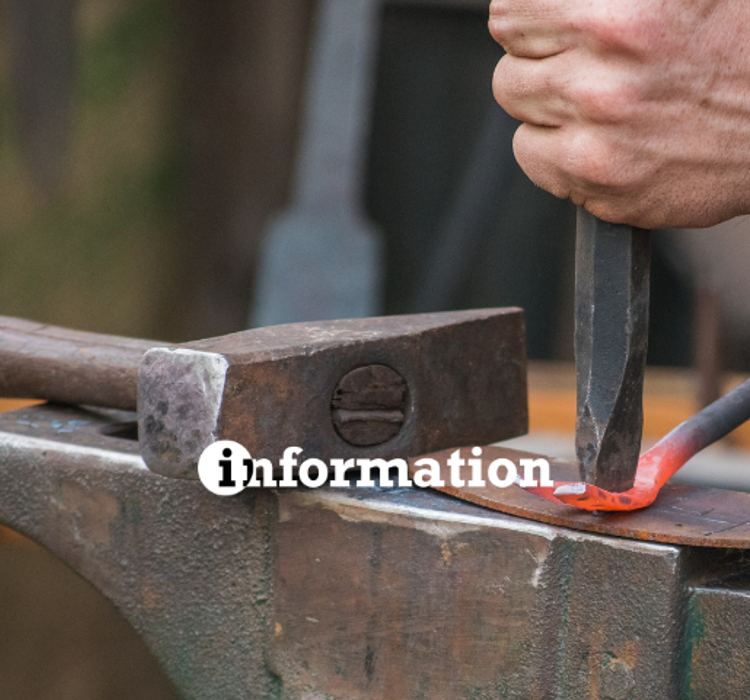
Forging vs Casting
Casting and forging are amongst the oldest metal shaping techniques known to man. But what's the difference? Items made from casting or hand forging can look similar but the main differences are in the compressive and tensile strength properties.
Compressive Strength: this is the measure of resistance of a material to break under compression.
Tensile Strength: the measurement of the force required to pull a material to the point of breakage.
Forged Metals
Early man discovered the method of forging around 4000 BC. Bronze and iron were the most common metals used to make cooking equipment, weapons and jewellery. Rocks would have initially been used to hammer the metal into shape, and later tools were fashioned as the art of blacksmithing developed.

Properties
Forging changes the physical shape of a metal by using force. The desired shape is achieved by applying pressure, and is invariably completed while the metal is hot.
- High Tensile Strength
- Low Compressive Strength
Cast Metals
Metal casting can be dated back to ancient Asia Empires in the 4th Century BC. It was discovered that when molten metal was poured into a mold and then cooled, many shapes could be made. Cast iron can be dated back to the 5th Century China. However it wasn't until 1200-1400 that metal casting was used in Europe, where cast iron was used for many items such as pots, cannon balls, armour and in later years, bridges and building structures. Cast iron was a cheaper metal to manufacture, compared to hand forged metals. The specific properties of cast iron also meant that it was perfect for load bearing applications and was used in many advancing business sectors during the Industrial Revolution.
Properties
Due to a combination of the chemical composition and the cooling rate of molten metals, most cast metals are harder, yet more brittle. Cast iron, for example, has a high percentage of carbon. As it cools, some of this carbon, in the form of graphite, crystallizes out of solution and forms a granular structure.
- Low Tensile Strength
- High Compressive Strength
Both cast and hand forged ironmongery products are ideal for door and window furniture and a great choice for Hooks and Shelf Brackets. Now that you understand the different properties of cast and forged items you can make the best choice for your needs.
Don't hesitate to call or email our friendly team if you need any help or advice.
Telephone: 01787 277277
Email: info@suffolklatchcompany.co.uk
Comments








Authentic hand crafted rosehead nails & rustic door studs for your renovation projects.
Read Article
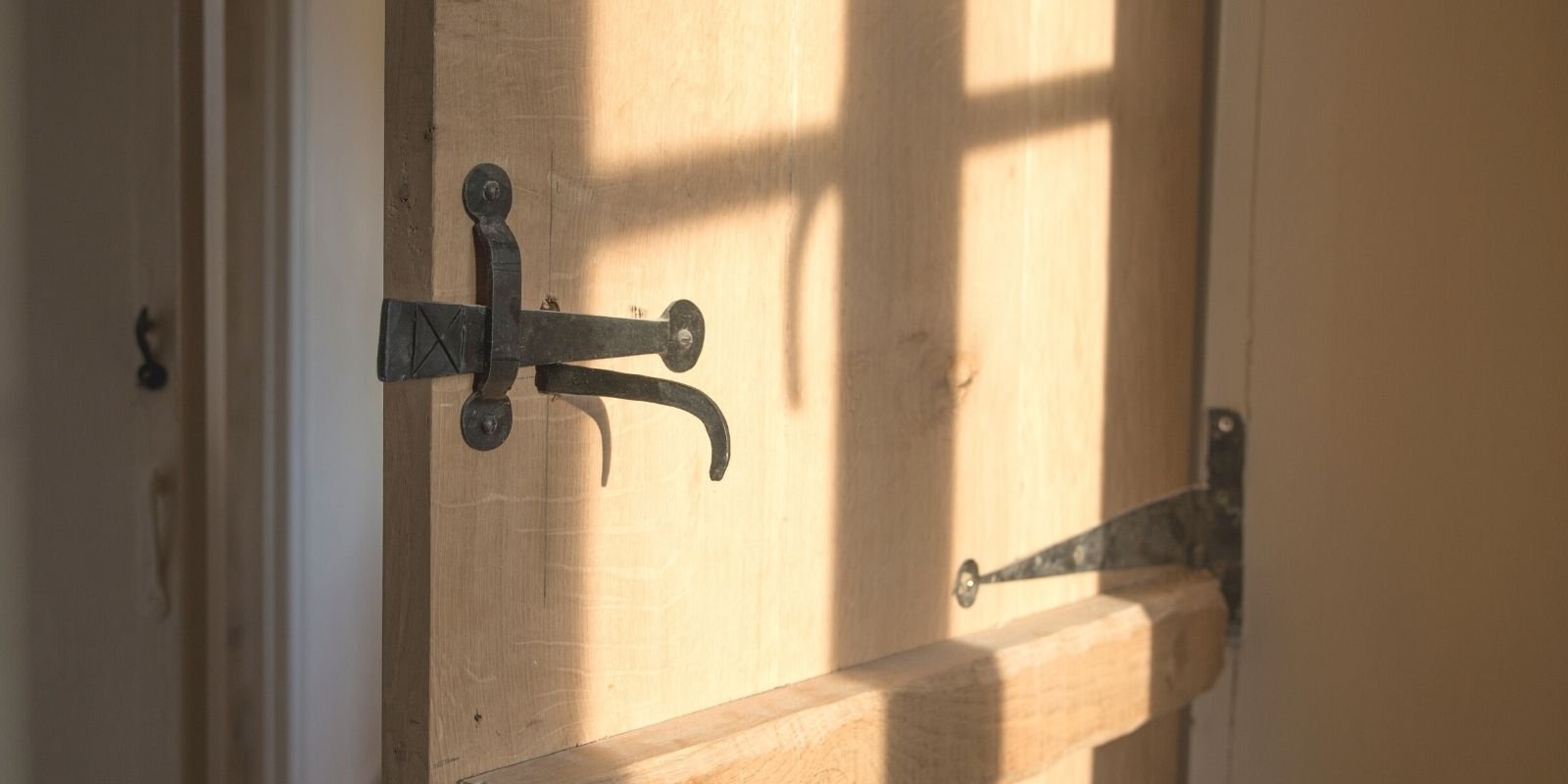
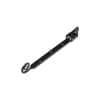

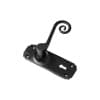


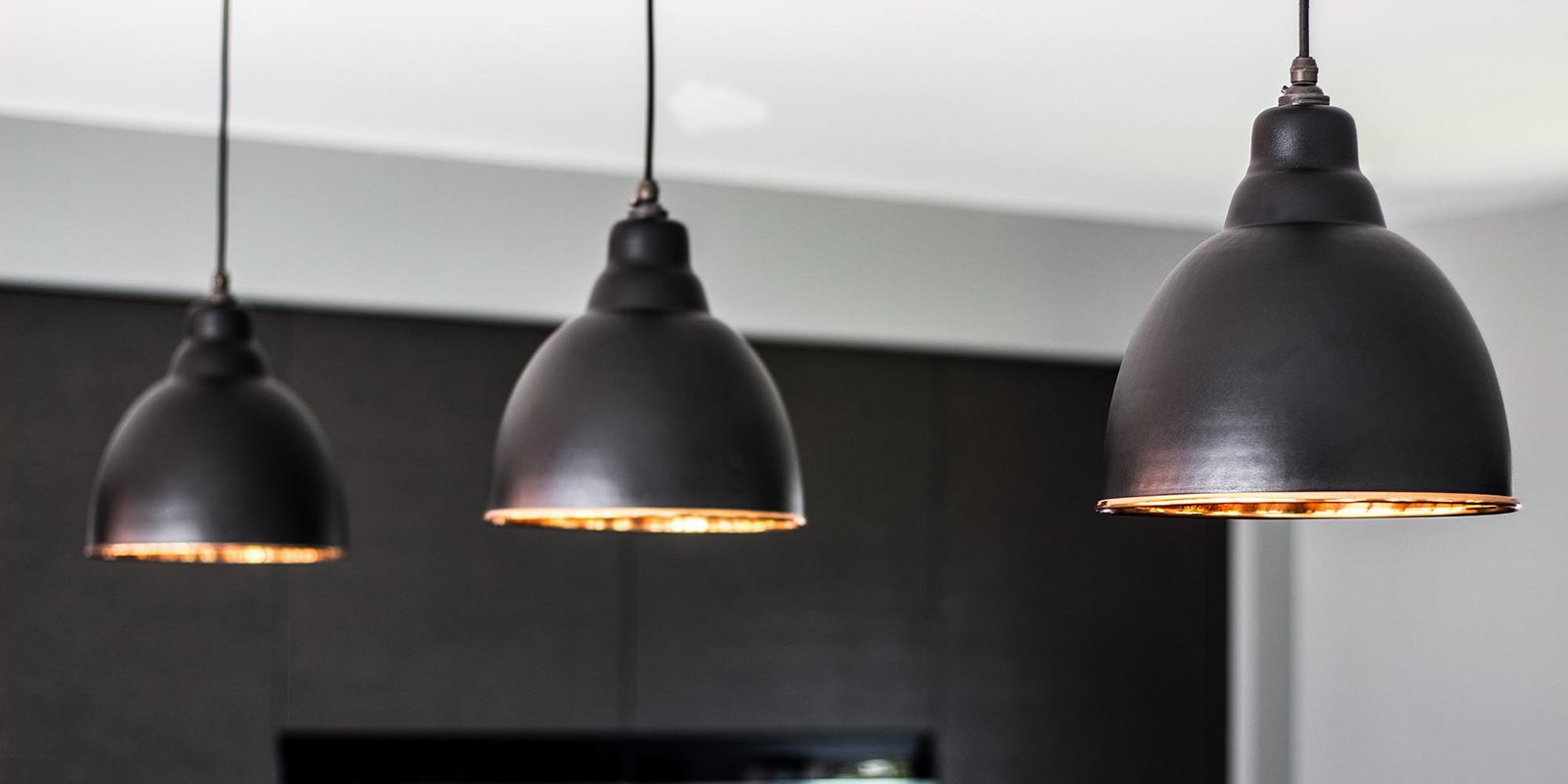







2 comments
Dave Goodier on Jan 15, 2024
Hi would you be interested in making me some cast iron fire grates for my chiminea.
Susan on May 31, 2023
Hi Would you be open to custom making me some cast iron mugs? Susan